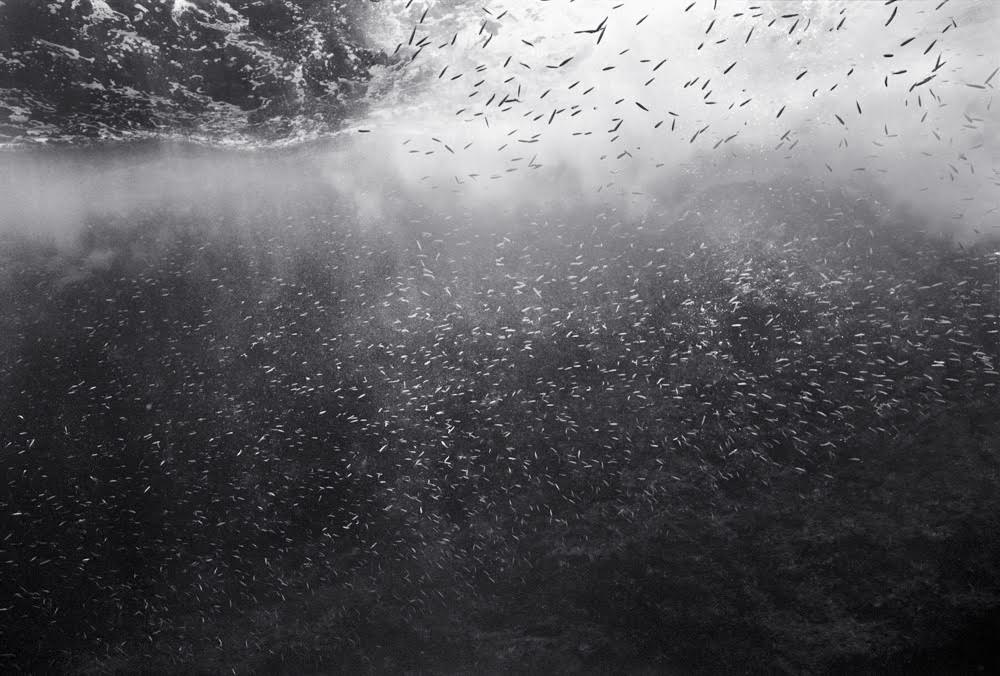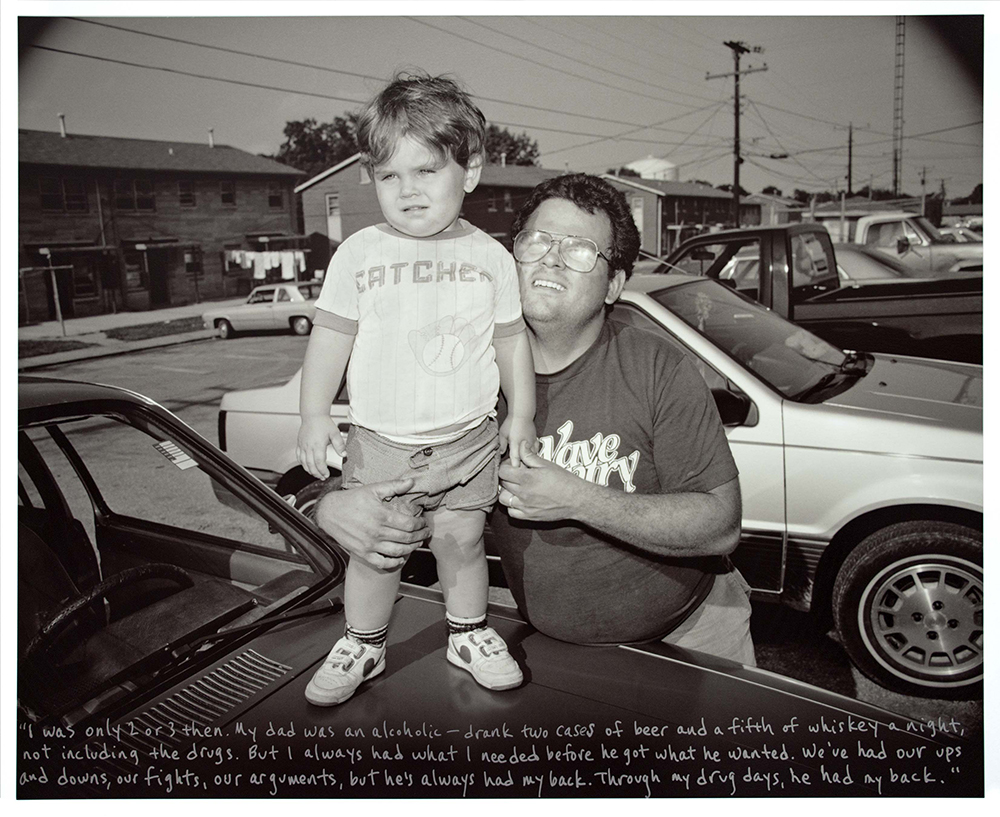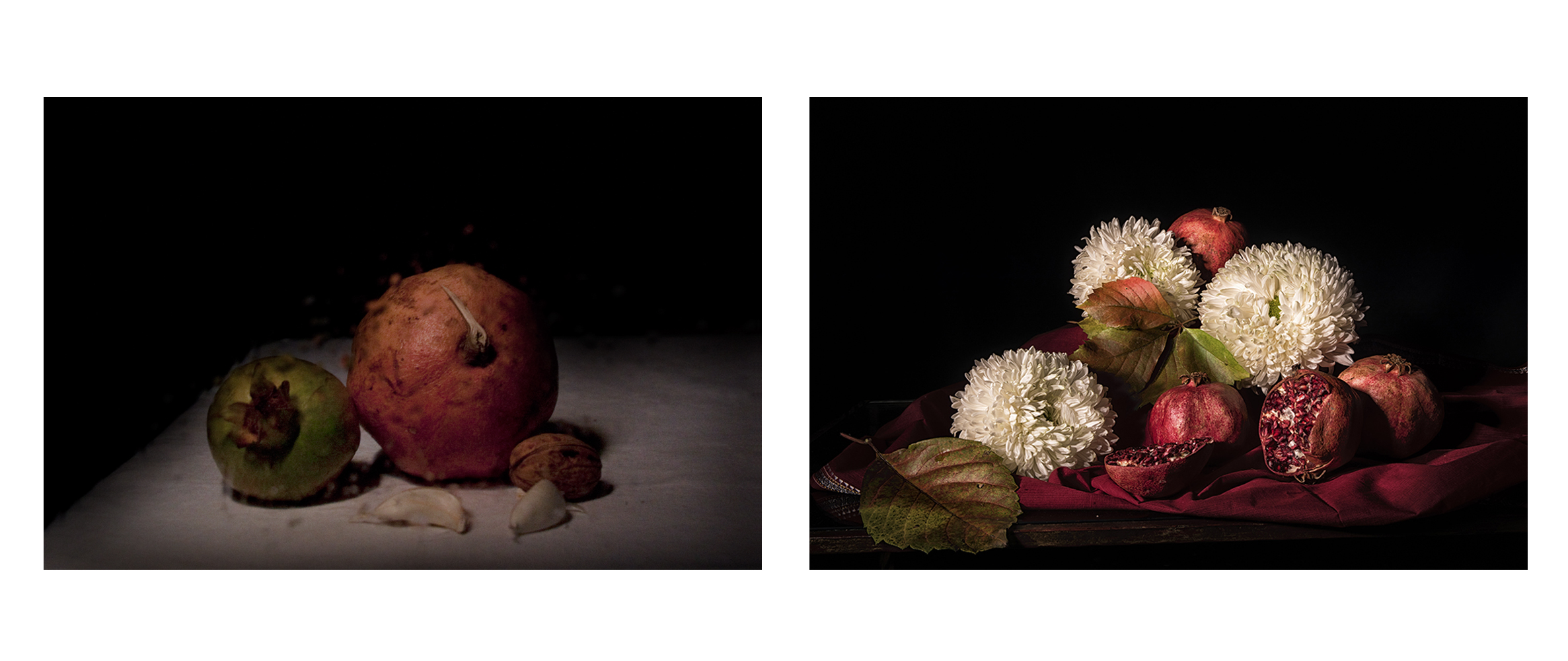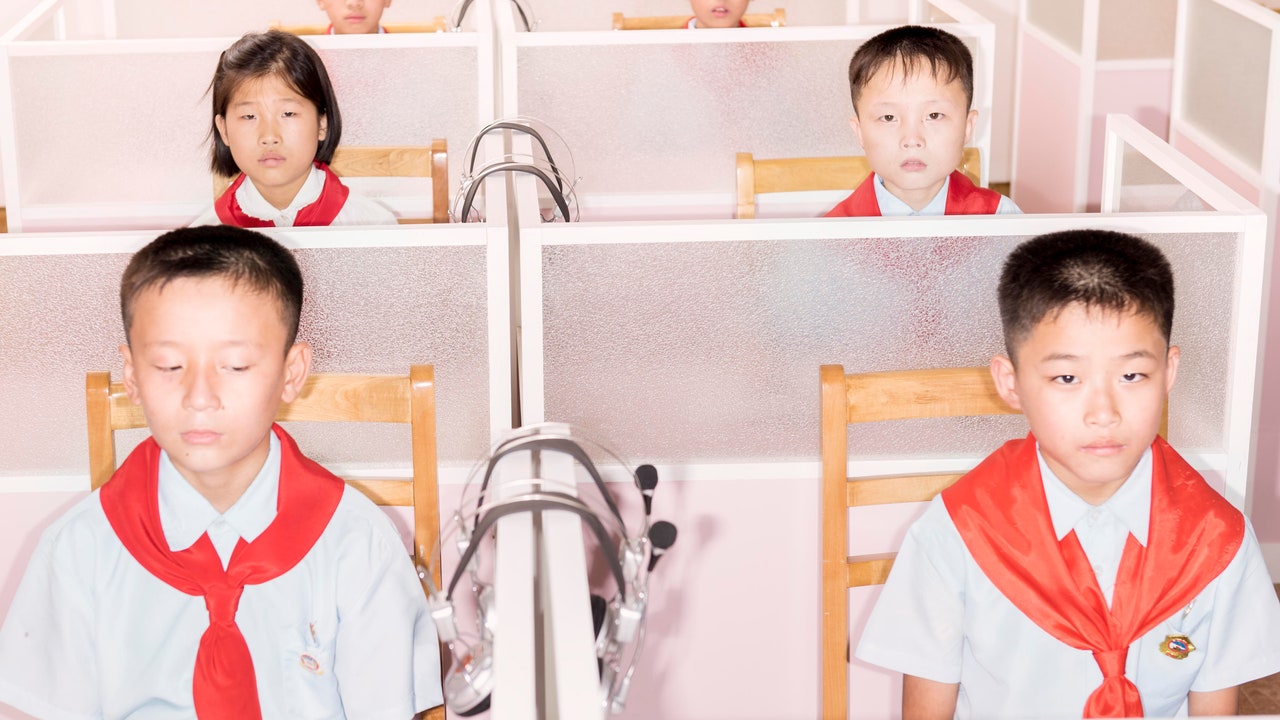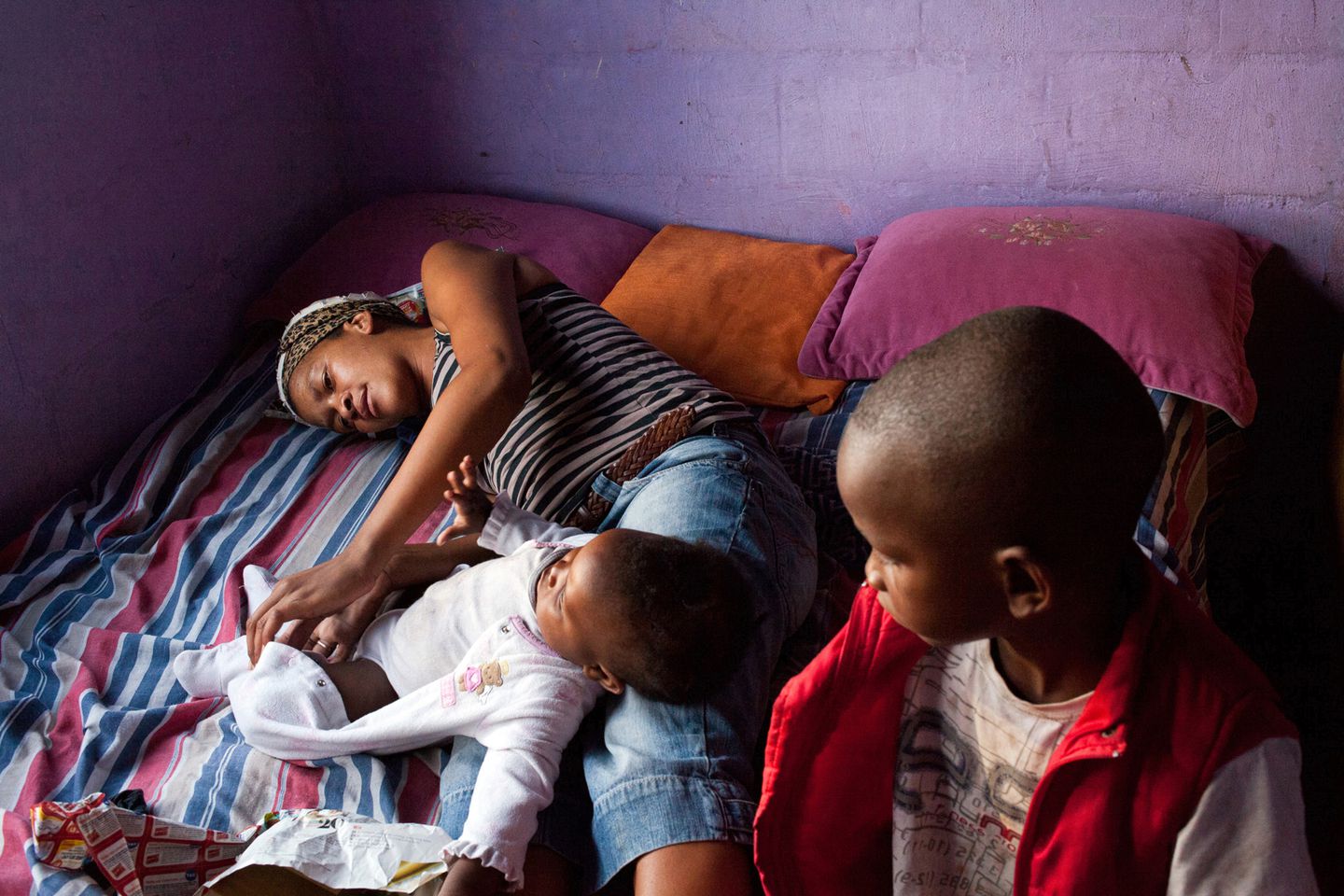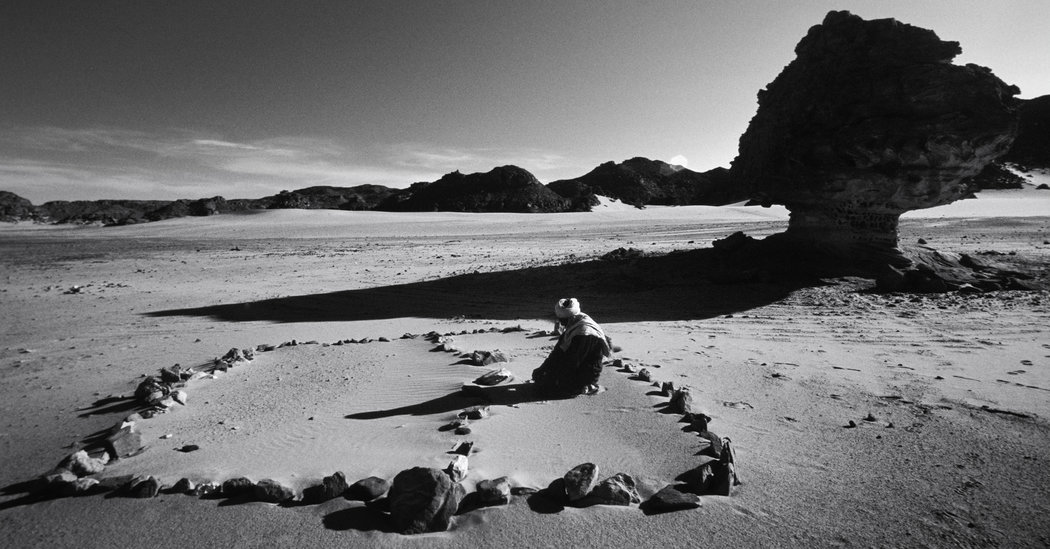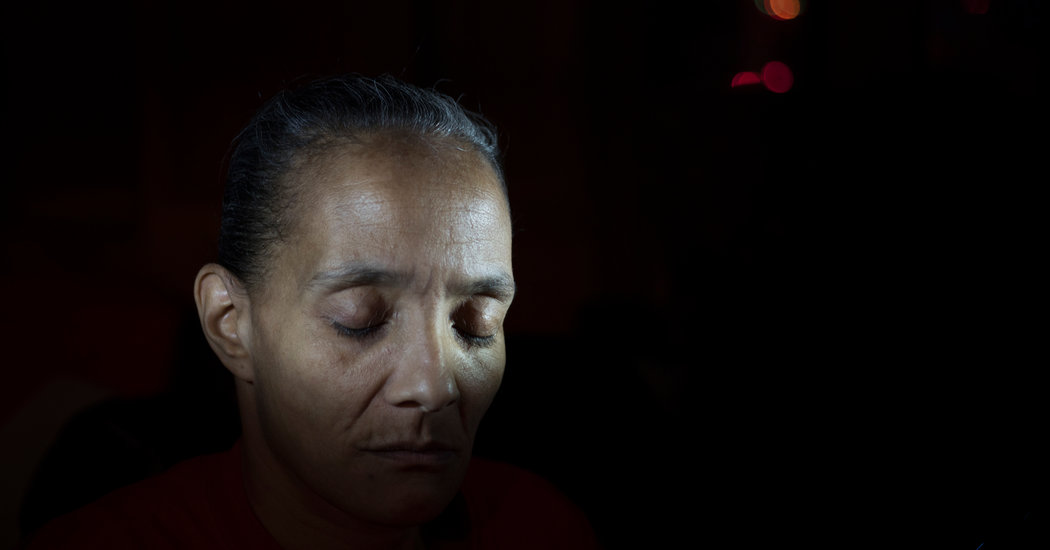Wayne Levin: The States Project: Hawaii – LENSCRATCH
Wayne Levin and I met very briefly during a group exhibition where he was sharing a space to show his work with the South Kona Artist Collective at SKEA [ Society for Kona’s Education and Art ] on Big Island. I came to know Wayne’s work a little better over the following two years, having
via LENSCRATCH: http://lenscratch.com/2017/08/wayne-levin-the-states-project-hawaii/
For the past 12 years I’ve been compelled to photograph schooling fish, focusing on Akule (Big Eyed Scad–Selar crumenophthalmus). These images were taken at Kealakekua Bay and Keauhou Bay on the Kona Coast of the Island of Hawaii, and Waimea Bay on Oahu’s North Shore.

